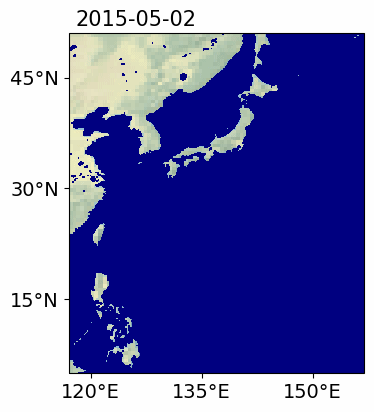Air-sea Interaction
We are investigating air-sea couplings to understand the climate system in both large- and meso-scale processes. For the research, we are using a coupled atmosphere-ocean model with biogeochemical module and explore the physical processes and their impact on biogeochemical processes including the carbon cycle.
While investigating the role of mesoscale eddies using both observations and numerical models, we find quite complicated, yet very interesting impacts of eddies in the Southern Ocean. The air-sea CO2 exchange depends on the difference in partial pressure of CO2 (pCO2) between air and ocean. Since atmospheric pCO2 is nearly uniform and well-known, oceanic pCO2 is a key factor for the air-sea CO2 exchange. In contrast to CFC-11, not only physical but also biogeochemical states of the ocean influence pCO2, which requires more comprehensive analysis. In summer, oceanic pCO2 is lower in anticyclones while cyclonic eddies have higher oceanic pCO2. Interestingly, this relationship is flipped in winter and anticyclones/cyclones have higher/lower pCO2. The seasonality of the relationship between eddies and pCO2 is resulted from the time-varying balance between two opposing thermal and DIC effects. Please refer to our paper, Song et al. (2016), for more details.
The near-inertial waves (NIWs) are critical in the ocean mixing near the surface as they enhance the vertical shear of the ocean flow. In our study, we demonstrate that excluding the NIWs indeed decreases the vertical mixing. We also show that excluding NIWs changed the CO2 exchange between the atmosphere and the ocean.
We investigate how much of heat is provided by tropical cyclones and where this heat goes under the surface using a coupled atmosphere-ocean model.
